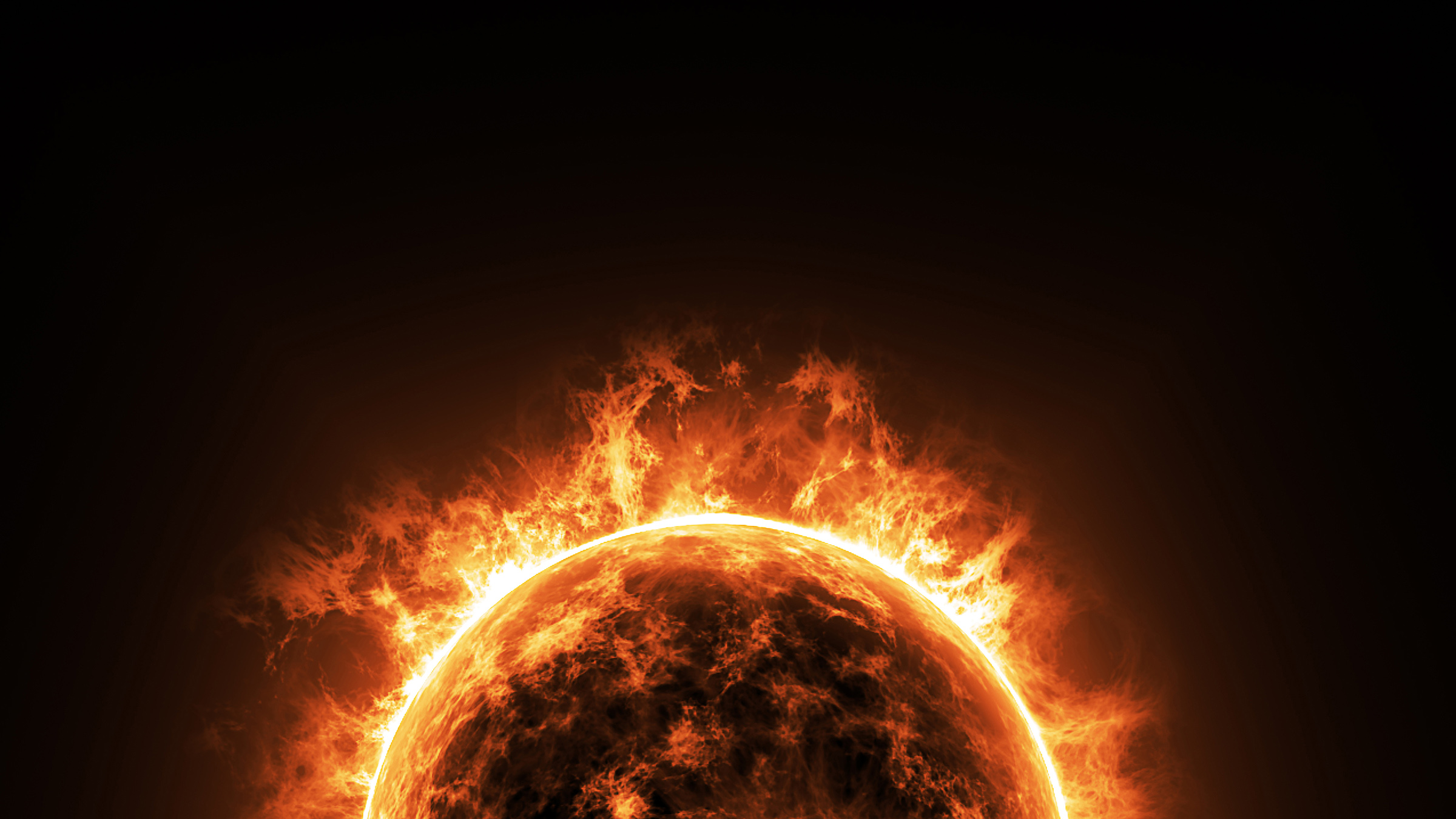Solar researchers spotted a massive sunspot pointed towards Earth. The sunspot, named AR3055, measures more than 6,100 miles wide. The regions of the sunspot appear like dark moles on the surface of our Sun. Since the sunspot is pointed toward the Earth, an eruption of any kind could lead to geomagnetic storms.
A massive sunspot is pointed towards Earth and ready to erupt

Researchers don’t know how sunspot AR3055 grew as large as it did. It’s possible the sunspot may have been an existing, smaller spot that grew into a larger one. Or, it’s possible that the sunspot currently pointed towards Earth simply appeared over the weekend.
No matter where it came from, the sunspot could pose a problem for Earth. That’s because it’s massive size could lead to dangerous M-class solar flares. These bursts of high-energy radiation can last for multiple hours and wreak havoc on Earth’s magnetic field.
The result, of course, could be as simple as geomagnetic storms creating more aurora borealis, or it could lead to downtime for radar and GPS navigation systems. While the sunspot is currently pointed towards Earth, it’s possible it could move away before it erupts. If it does, any solar energy released in the eruption would expend into space, away from our planet.
Growing and changing
Another interesting thing about this new sunspot is that it’s still growing and changing. According to tweets shared by Twitter user Jan Hattenbach, an astronomy journalist, the sunspot has changed shapes slightly. Whether this means it is getting closer to erupting or not remains to be seen, though.
When a sunspot is pointed towards the Earth, and it erupts, most often solar flares hit the Earth’s atmosphere within minutes. This can cause varying effects on our satellites, GPS, and even power grids, as noted above. It can also disrupt natural processes like the migration of animals.
The Sun is currently gearing towards its peak point of activity in its 11-year solar cycle. As such, sunspots and solar flares are more expected as activity on the Sun’s outer layer increases.








